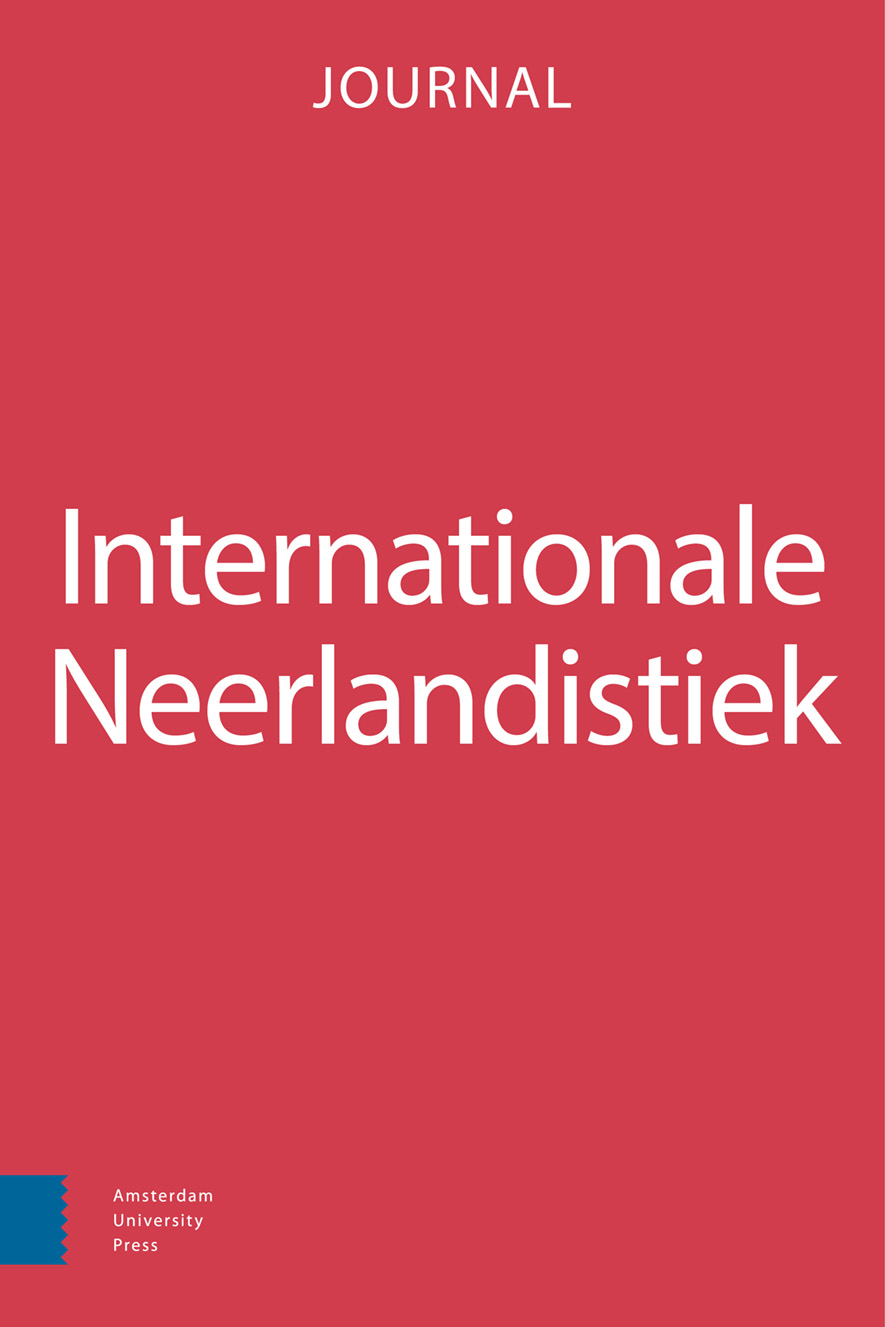-
oa Wonder en weten
Rumphius’ Amboinsche Rariteitkamer (1705) vanuit een kennispoëtisch perspectief
- Amsterdam University Press
- Source: Internationale Neerlandistiek, Volume 55, Issue 2, jul. 2017, p. 115 - 134
-
- 01 jul. 2017
Samenvatting
The Ambonese Curiosity Cabinet (D’Amboinsche Rariteitkamer), published in Amsterdam in 1705, is one of the first scholarly works on crustaceans, molluscs, shells and conches as well as minerals and stones in a European vernacular. The author of the book, the VOC merchant and historian of nature Georg Everhard Rumphius, arrived in the Moluccas in 1654 and lived on the island of Ambon until his death in 1702. The historical figure of Rumphius and his texts prove that the production and reception of knowledge about natural history was situated in cultural contact between Asian and European actors. A key factor for the accumulation of information and the mobility of knowledge were manners of representation and means of organising knowledge. In Rumphius’ case, this included rhetorical devices and strategies commonly used in other genres such as histories or travel writing. This paper analyses the poetics of knowledge of the Ambonese Curiosity Cabinet by focussing on the categories of wonder, trade, power, and incorporation. Behind the admiration for newly discovered and rare objects by individual European actors, military conflicts and commercial interests come into view. Like colonial commodities transported to Europe, colonial knowledge was incorporated into the European body of knowledge about natural history.


